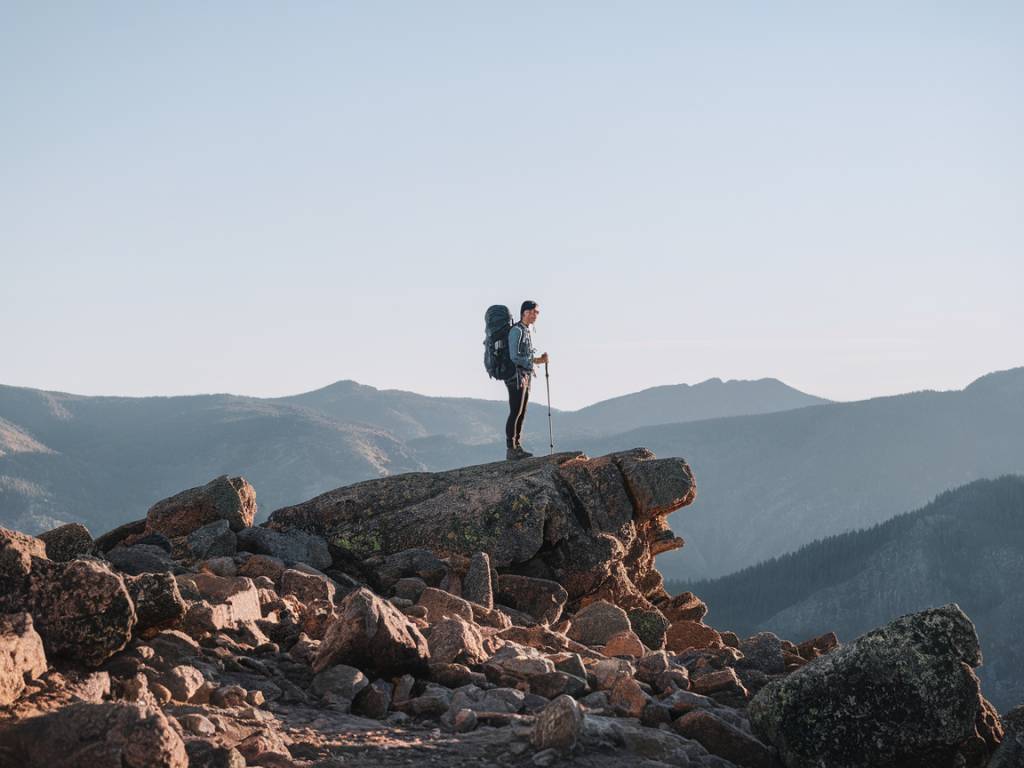
How to stay safe while solo hiking in remote areas
Venturing into the wilderness on a solo hike can be an exhilarating experience, offering both the challenge of navigating through nature on your own and the peace that comes with solitude. However, hiking alone in remote areas comes with its own set of risks. Based on my extensive experience and research in the field, I’ve compiled a comprehensive guide to help you stay safe while enjoying your solo hiking adventures.
Planning Your Hike
The foundation of a safe solo hike is thorough planning. This involves more than just picking a trail and packing a bag; it’s about ensuring that you’re well-prepared for any eventuality.
Research the Trail: Before setting out, gather as much information as you can about the trail. Check the distance, difficulty level, terrain type, and current conditions. Websites, guidebooks, and local ranger stations can be invaluable resources.
Weather Forecast: Always check the weather forecast for your hiking area. Sudden changes in weather can turn a pleasant hike into a dangerous situation. If severe weather is predicted, consider postponing your hike.
Gear and Supplies
Having the right gear and supplies is crucial for your safety when hiking solo in remote areas.
Navigation Tools: Carry a map, compass, and a GPS device. While smartphones are handy, they shouldn’t be solely relied upon as they can run out of battery or lose signal. Practice using these tools before your hike.
First Aid Kit: A well-stocked first aid kit is essential. Include bandages, antiseptics, pain relievers, and any personal medications. Familiarize yourself with basic first aid procedures.
Emergency Supplies: Pack an emergency blanket, whistle, and fire starter. These items can be lifesavers if you find yourself stranded.
Clothing: Dress in layers to manage your body temperature effectively. Avoid cotton as it retains moisture. Opt for moisture-wicking and quick-drying materials.
Food and Water: Bring enough water and high-energy snacks. A water purification method like tablets, a filter, or a UV purifier is also advisable in case you run out of water.
Communicating Your Plans
Letting someone know your hiking plans is a critical safety measure. In case of an emergency, this information can be crucial for rescuers.
Leave an Itinerary: Give a trusted friend or family member detailed information about your hike, including the trail name, estimated start and finish times, and your expected return. A good rule of thumb is to also inform them of your emergency protocol if you do not return as scheduled.
Check-In Regularly: If possible, check in with your contact at predetermined times. This might be challenging in areas with poor cell reception, so plan your check-ins around known reception spots or use a satellite communication device.
On the Trail
Once you’re on the trail, there are several practices to follow to ensure your safety.
Stay on the Path: Stick to marked trails as much as possible. Venturing off-path can lead to disorientation and increase your chances of encountering hazardous terrain or wildlife.
Watch Your Steps: Be aware of your footing, especially on uneven or slippery ground. A twisted ankle can quickly turn a small hike into a serious situation, especially when you’re alone.
Stay Alert: Continuously assess your surroundings for potential dangers, whether it’s a treacherous cliffside, an unsteady bridge, or wildlife. Wearing headphones or getting lost in thought can be distracting, so remain vigilant.
Rest and Hydrate: Take regular breaks to rest and hydrate. Exhaustion can impair your judgment and slow your reaction time, increasing the risk of accidents.
Dealing with Emergencies
No matter how well-prepared you are, emergencies can still happen.
Stay Calm: In any emergency, staying calm is crucial. Panicking can lead to poor decision-making and increase your risk.
Use Your Whistle: A whistle can be heard much farther than your voice. Three short blasts are a universal signal for help.
Shelter and Fire: If you’re stranded overnight, focus on finding a safe place to shelter from the elements and start a fire if necessary for warmth. An emergency blanket can provide insulation.
Medical Emergencies: Administer first aid as needed. If you’re able to move, head to the nearest point where you can get help. If unable to continue, stay put and make yourself visible to potential rescuers.
Invest in Technology
Modern technology can be a vital asset in ensuring your safety while solo hiking.
Personal Locator Beacons (PLBs): These devices can send out a distress signal to emergency services along with your exact GPS location. Once activated, they work almost anywhere on the planet.
Spot Devices: Similar to PLBs, Spot devices offer SOS functionality and tracking so friends and family can follow your progress online.
Satellite Phones: In remote areas where there’s no cell service, a satellite phone can be a lifeline. They allow for voice communication and texting from virtually anywhere.
Physical and Mental Preparedness
Being physically and mentally prepared for the hike can significantly enhance your safety.
Physical Fitness: Make sure you’re in good physical condition for the hike you’re planning. Solo hiking requires both strength and stamina, especially if you’re carrying a heavy pack.
Practice Beforehand: If you’re new to solo hiking or tackling a particularly challenging route, practice on less remote trails to build your confidence and skills.
Mental Readiness: Solo hiking can be mentally demanding. Prepare for solitude by understanding how you handle stress and loneliness. Meditation and mindfulness practices can be beneficial.
Respect Wildlife
Encounters with wildlife can be one of the most exciting aspects of solo hiking but also one of the most dangerous.
Know the Local Fauna: Research the wildlife common to the area you’ll be hiking. Understand their behaviors and the best practices for avoiding unwanted encounters.
Store Food Safely: Use bear canisters or hang your food from a tree to keep it away from animals. Never keep food inside your tent.
Keep a Distance: Observe wildlife from a distance. Getting too close can provoke animals, posing a threat to both you and the animal.
Embarking on a solo hike in remote areas can be a rewarding and peaceful experience, offering a deep connection with nature and yourself. By following these guidelines and making safety your top priority, you can enjoy your adventure with confidence and security. Happy hiking!

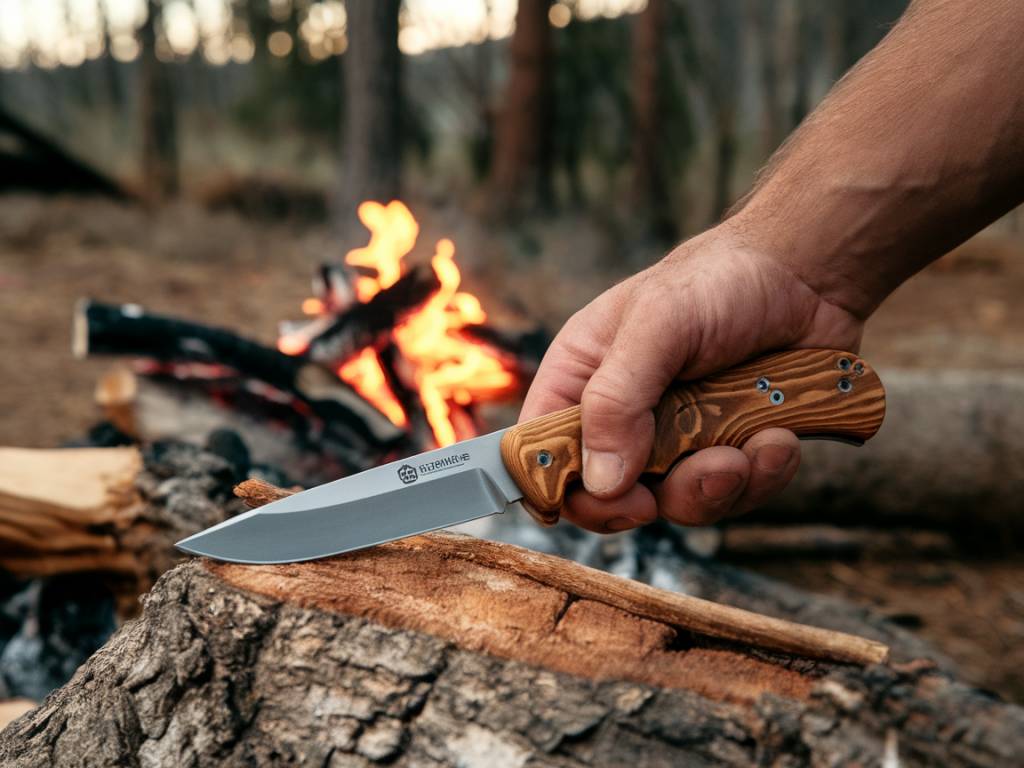 Best survival knives for outdoor adventures
Best survival knives for outdoor adventures 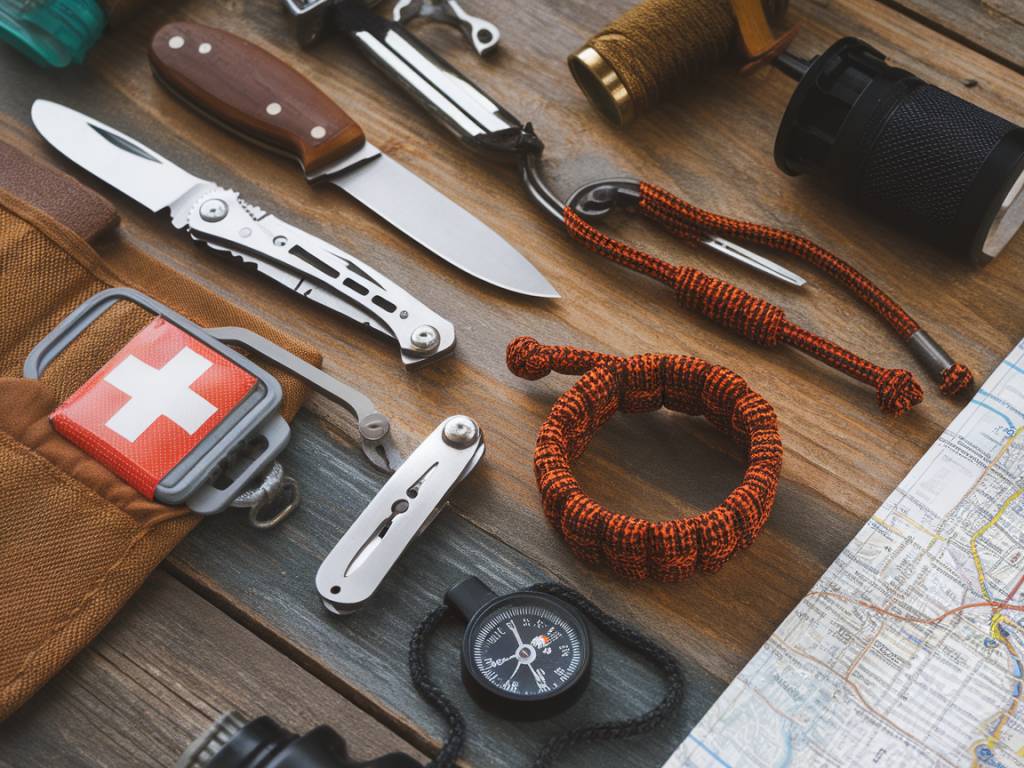 10 must-have survival tools for any adventure
10 must-have survival tools for any adventure  Wild foraging: identifying edible plants in the wilderness
Wild foraging: identifying edible plants in the wilderness 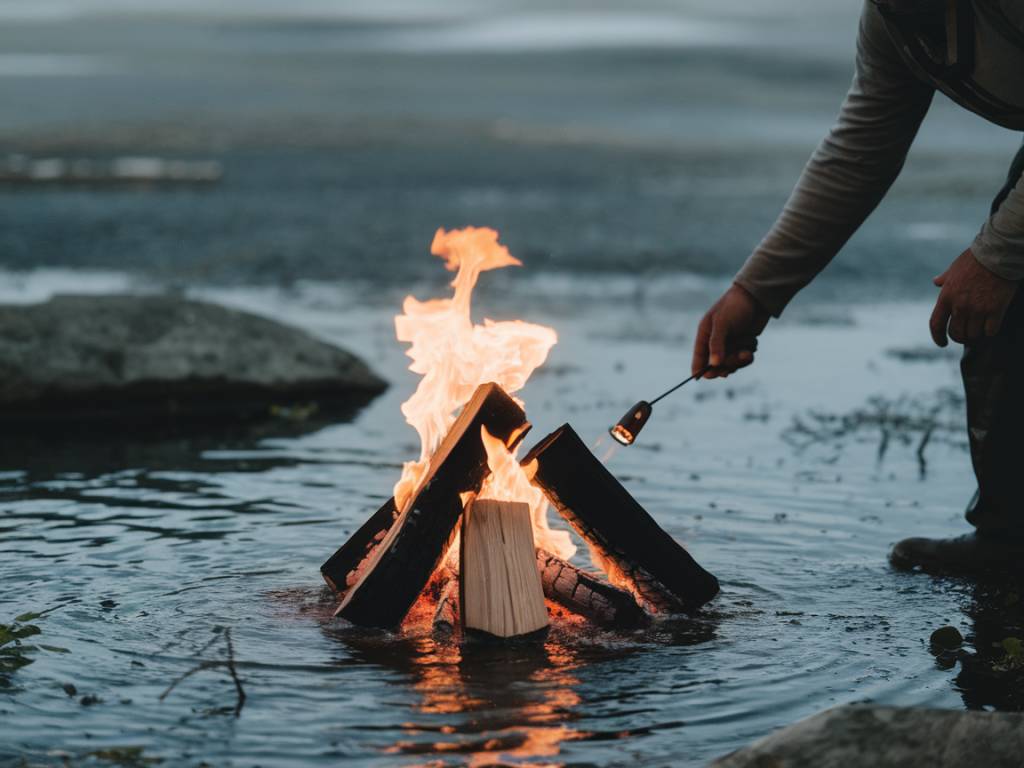 How to make a fire in any weather conditions
How to make a fire in any weather conditions 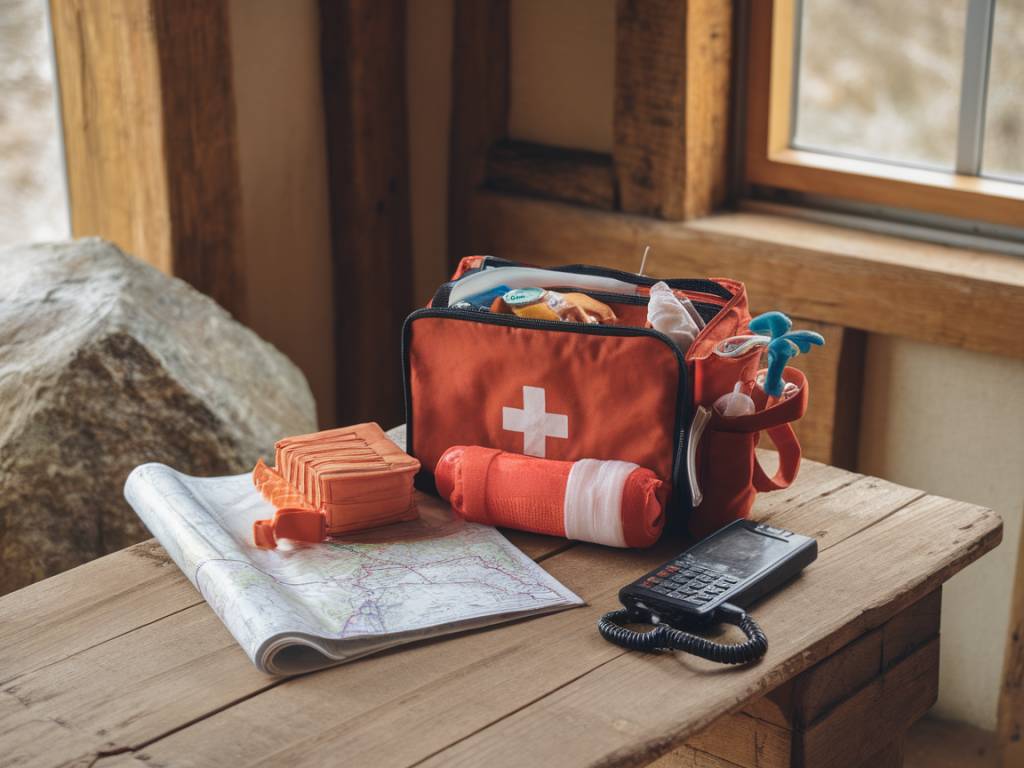 How to handle emergencies in remote locations
How to handle emergencies in remote locations 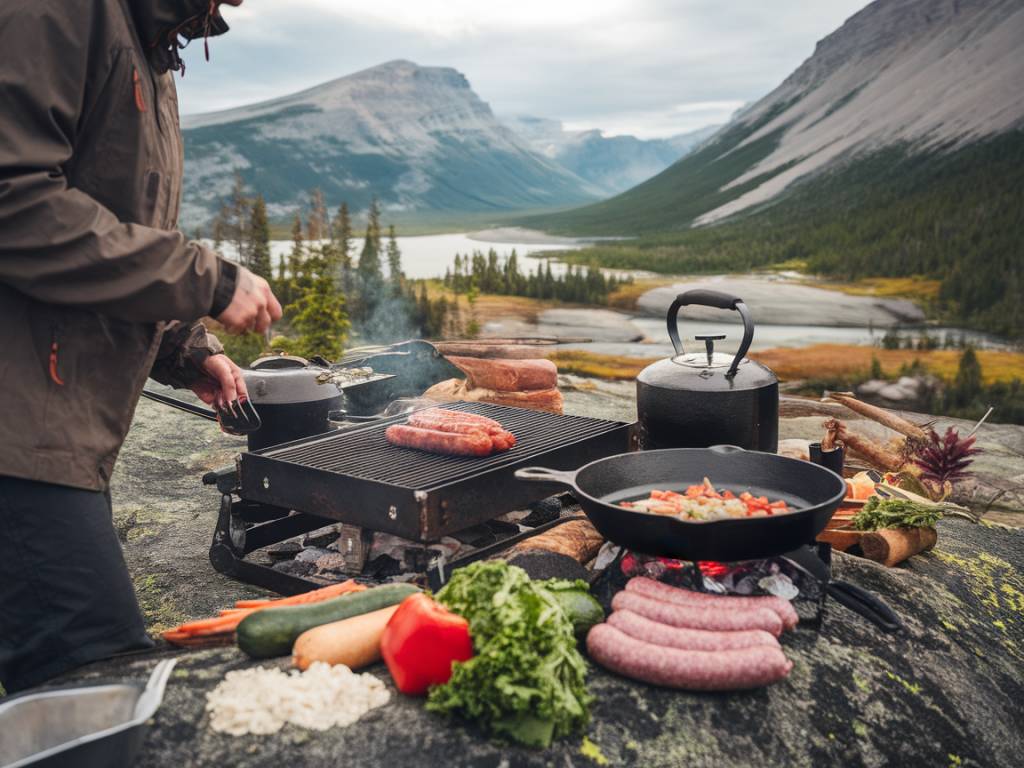 Best off-grid cooking equipment for adventure trips
Best off-grid cooking equipment for adventure trips  Best African safari destinations: top 5 experiences in Africa
Best African safari destinations: top 5 experiences in Africa 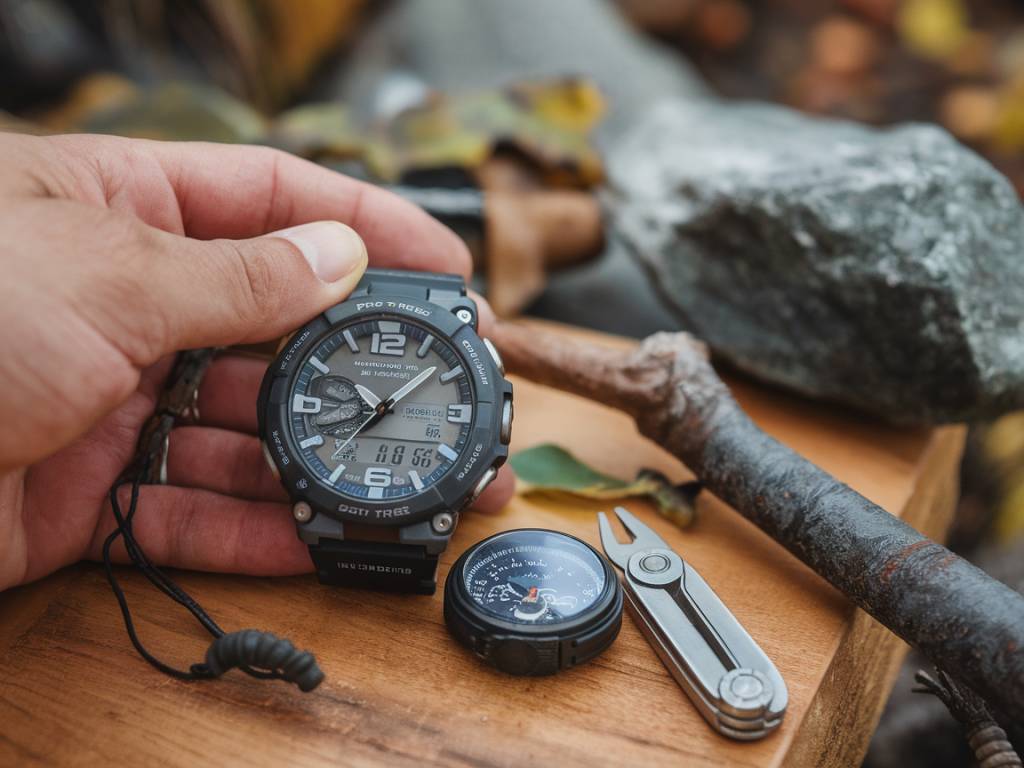 Top 5 adventure watches with gps and survival features
Top 5 adventure watches with gps and survival features 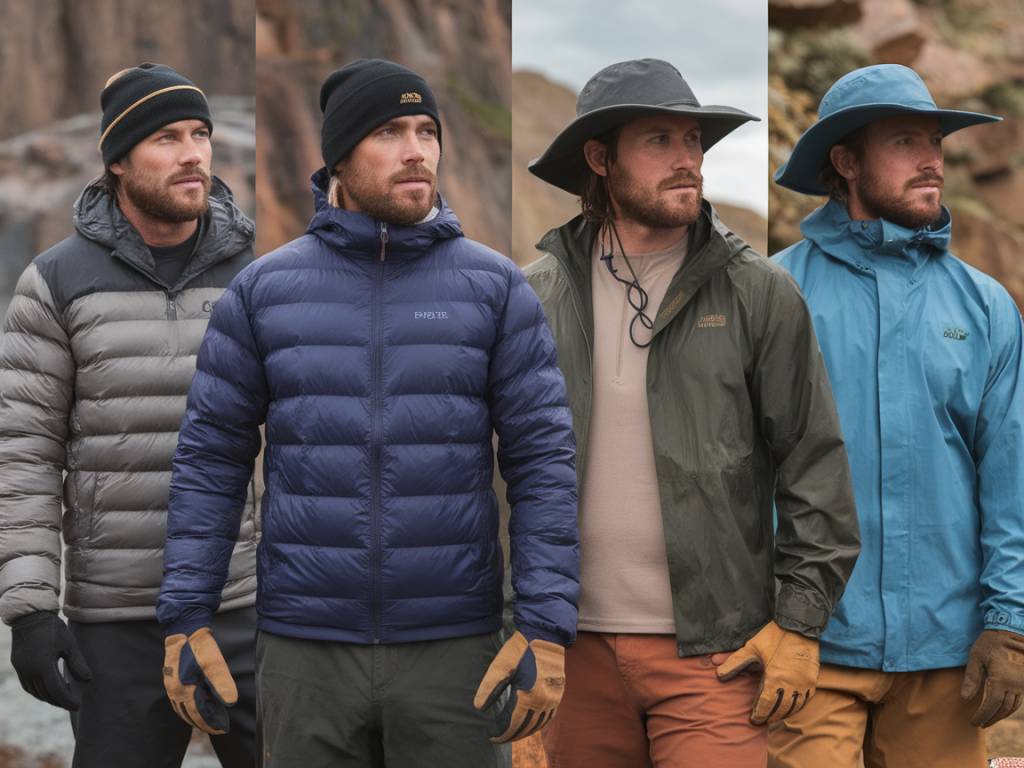 How to choose the right adventure clothing for every climate
How to choose the right adventure clothing for every climate